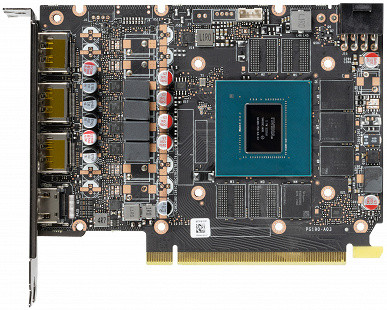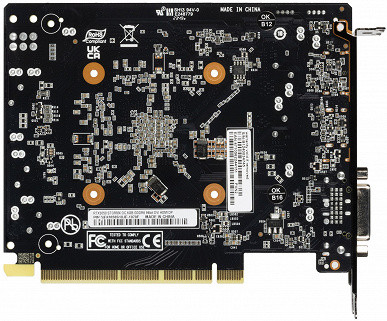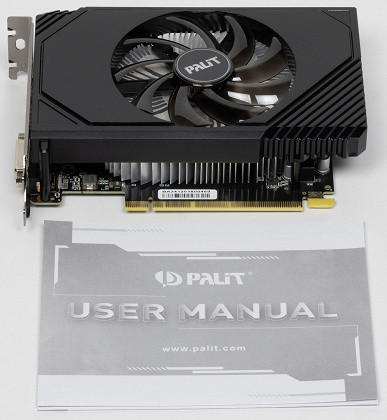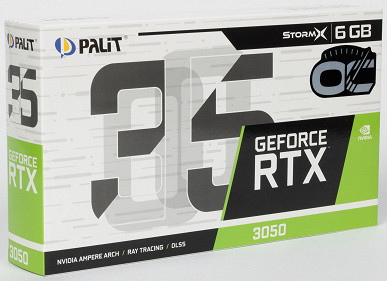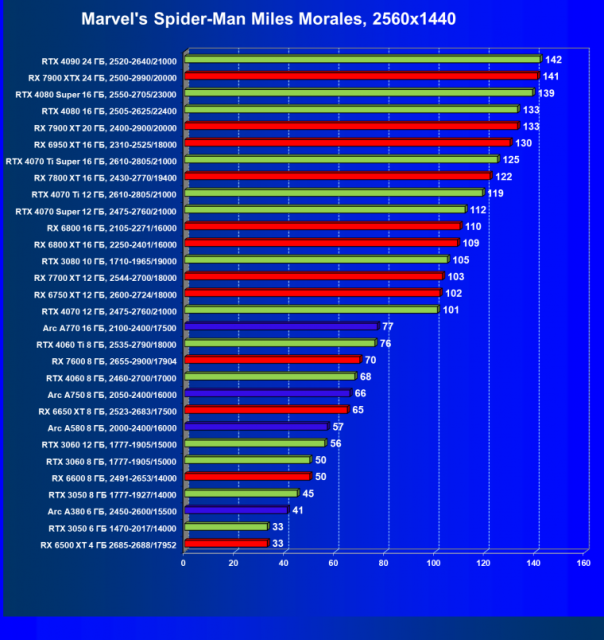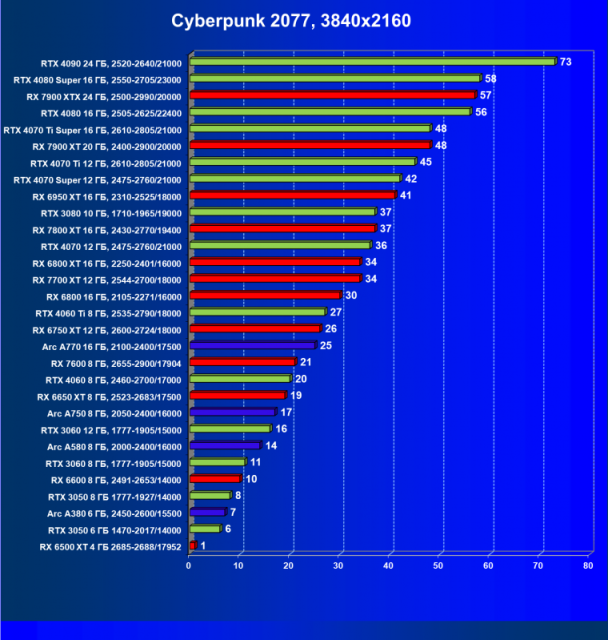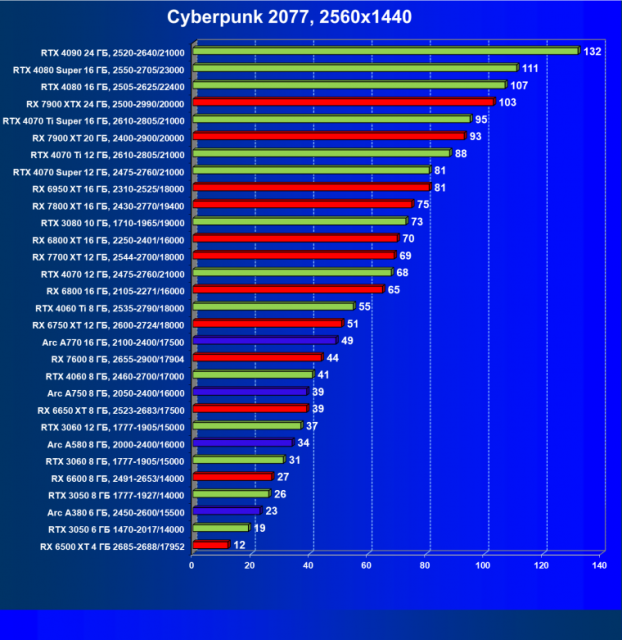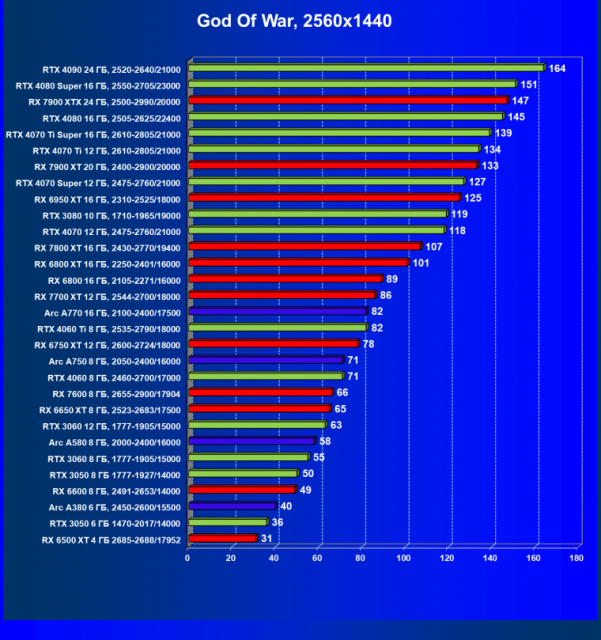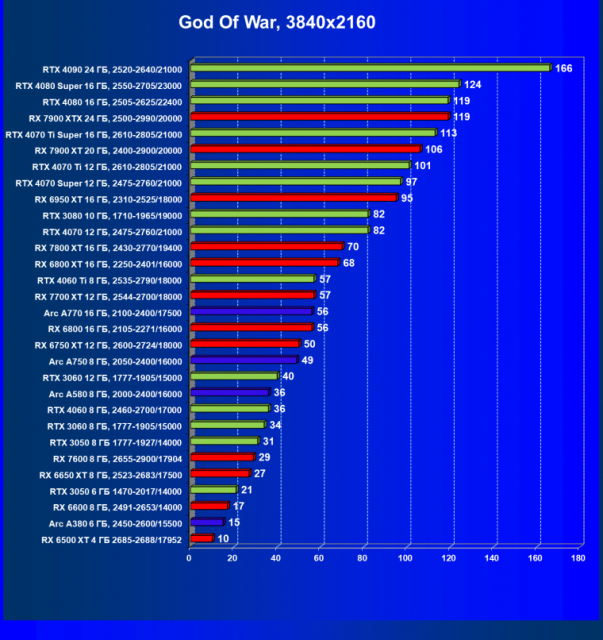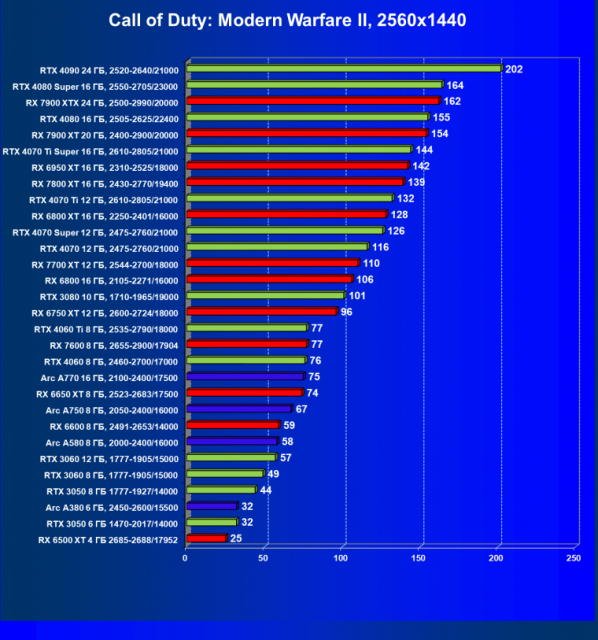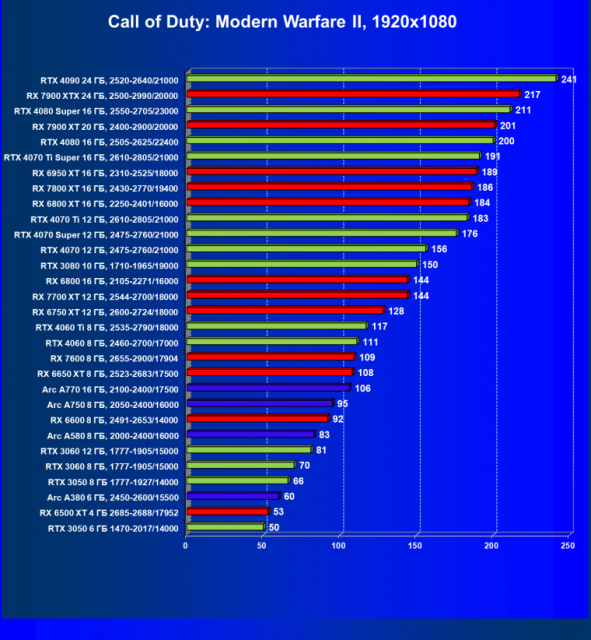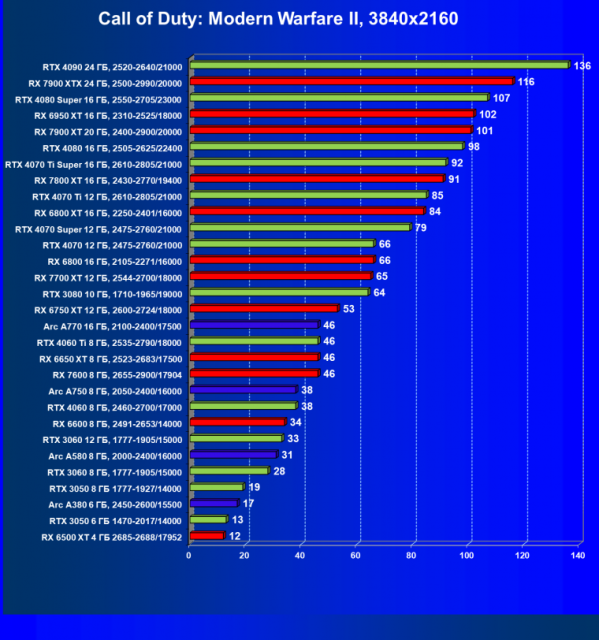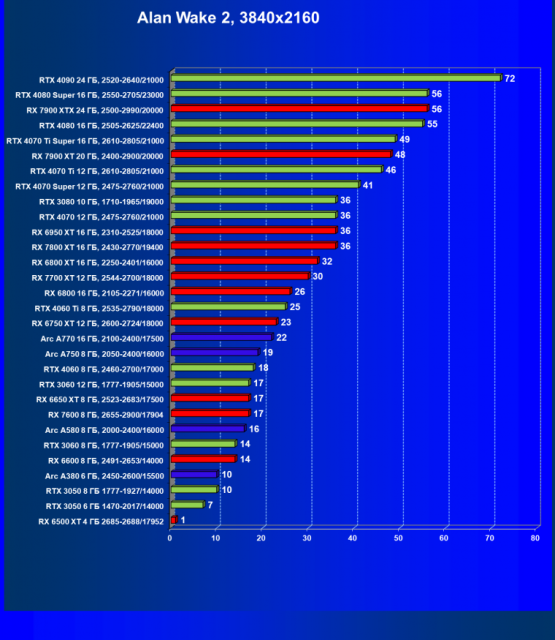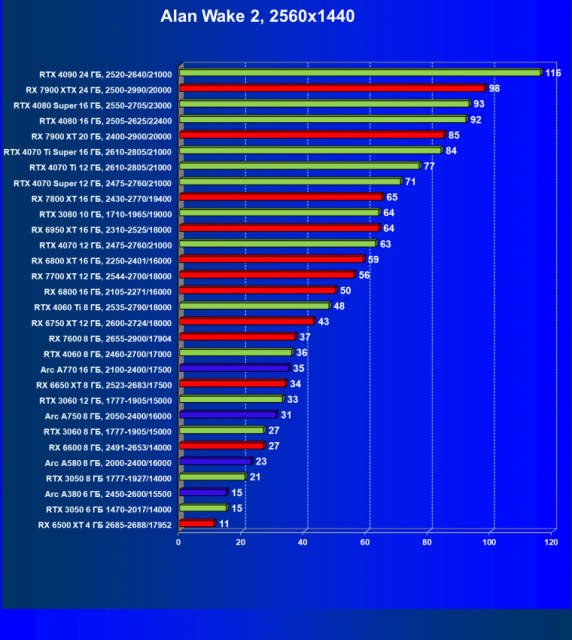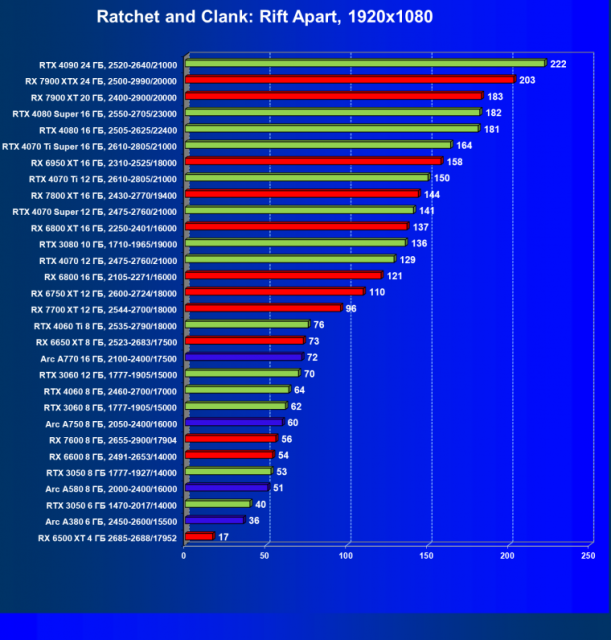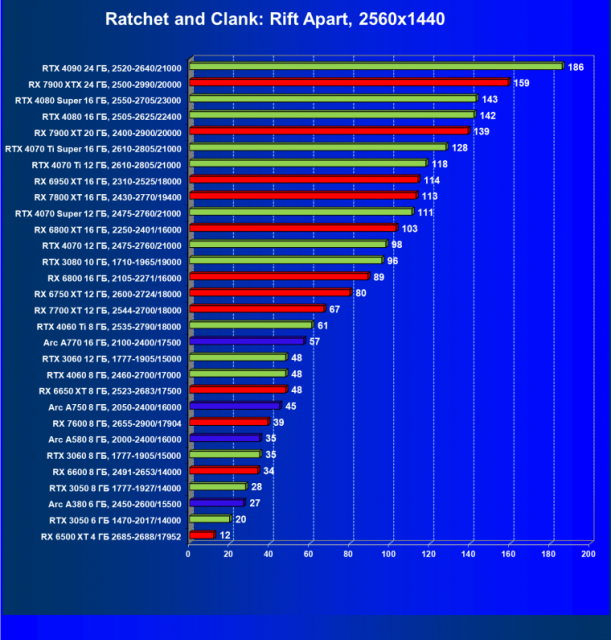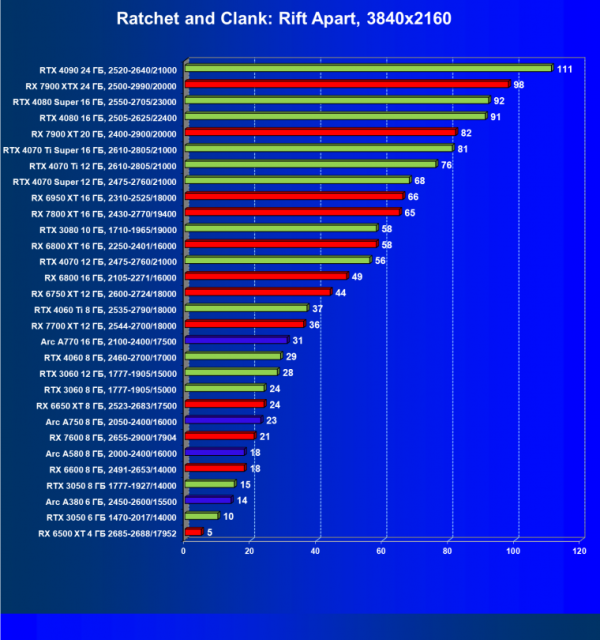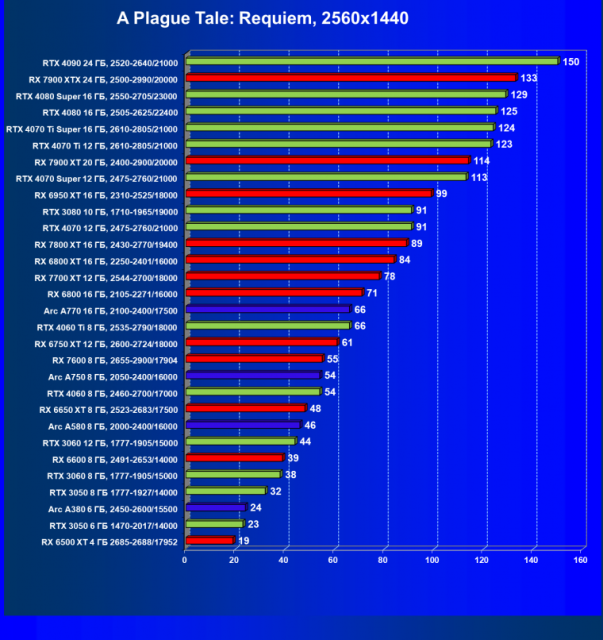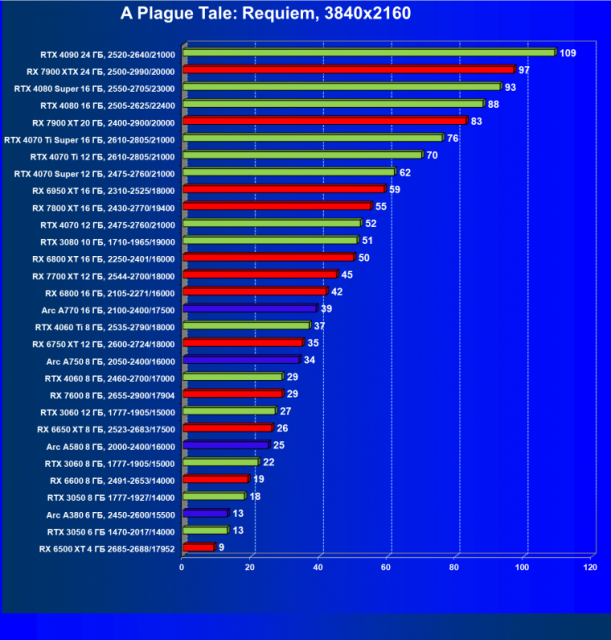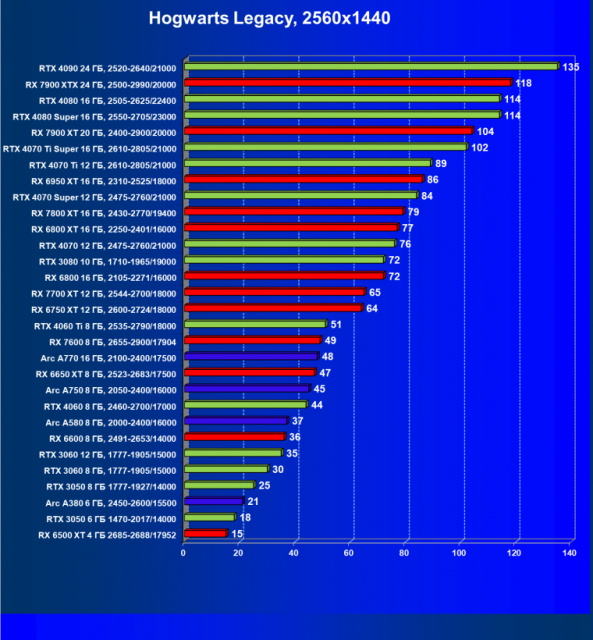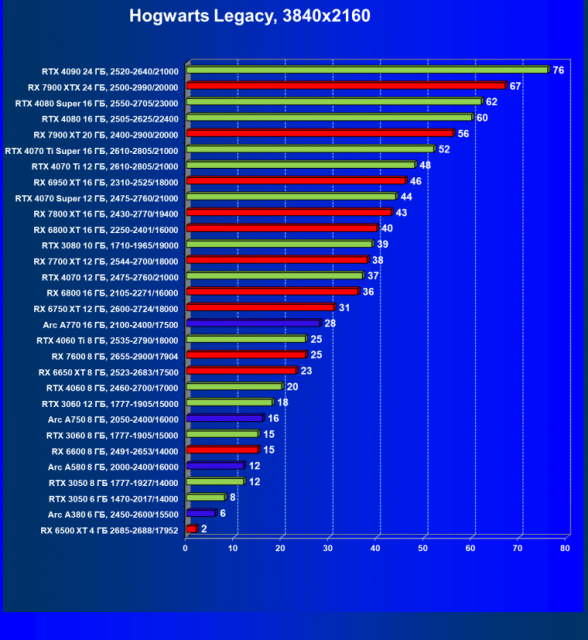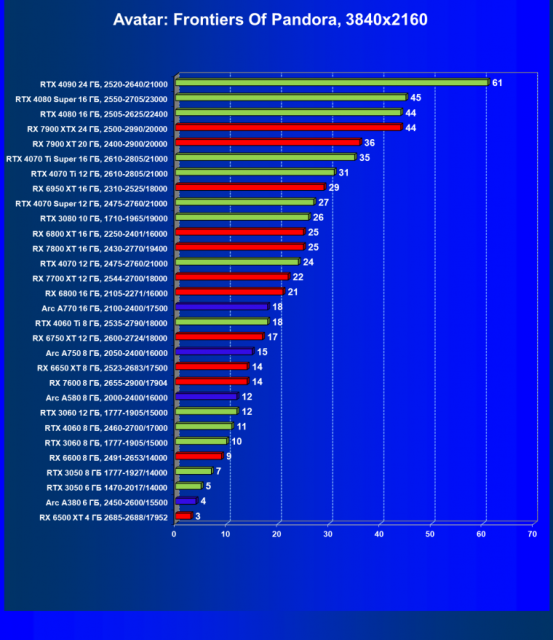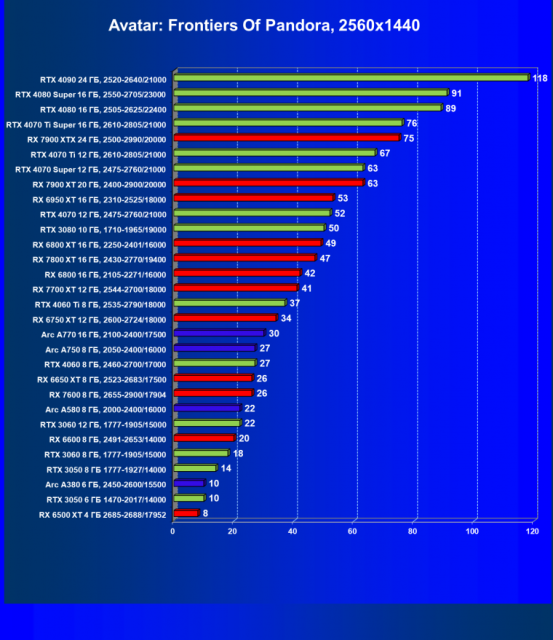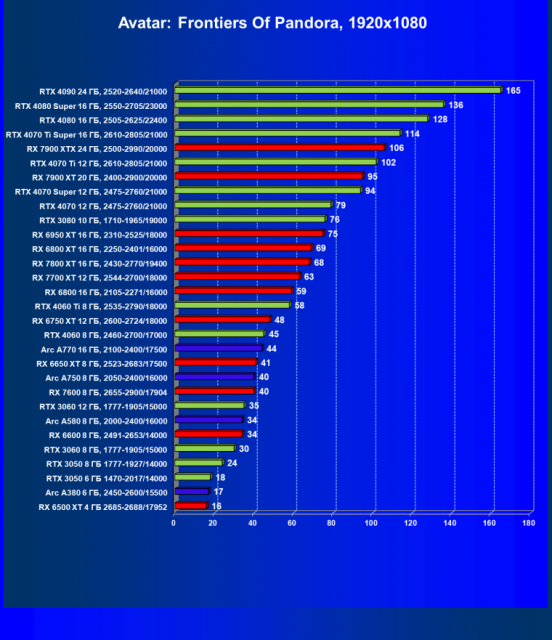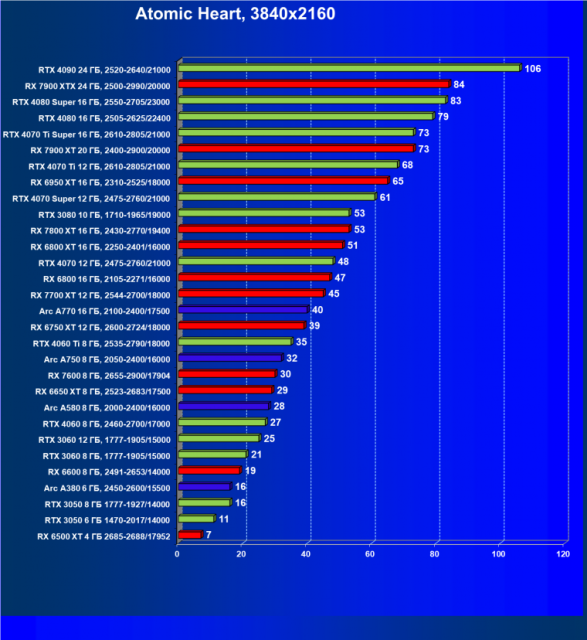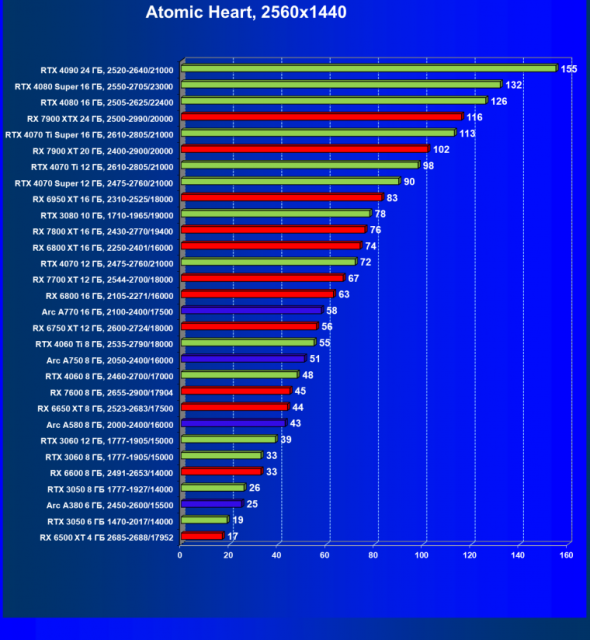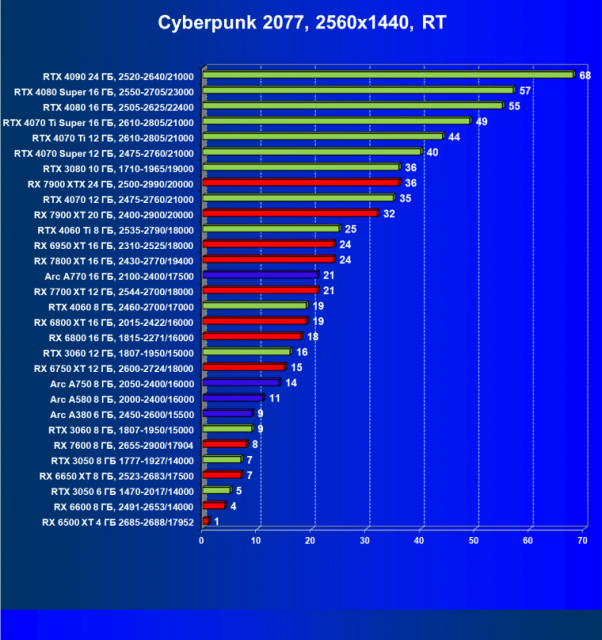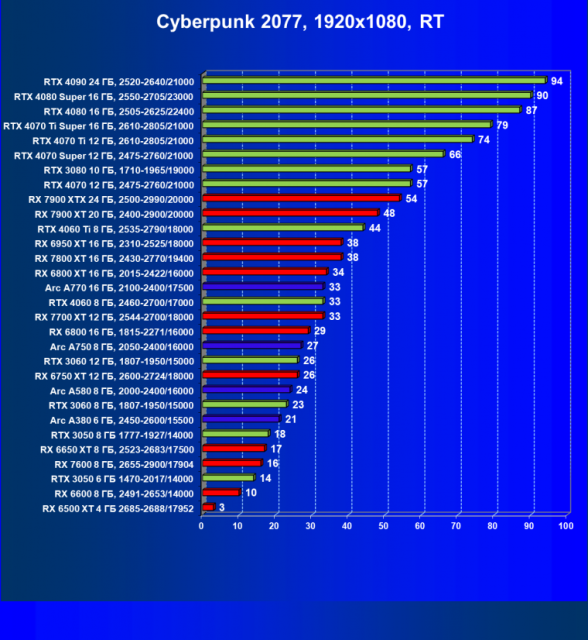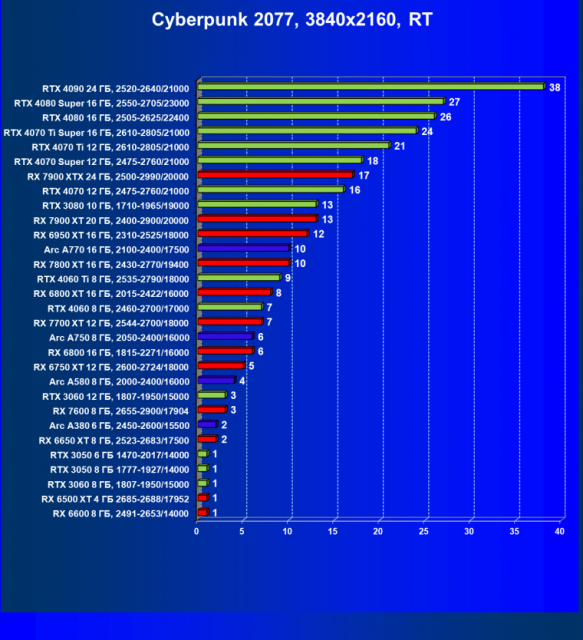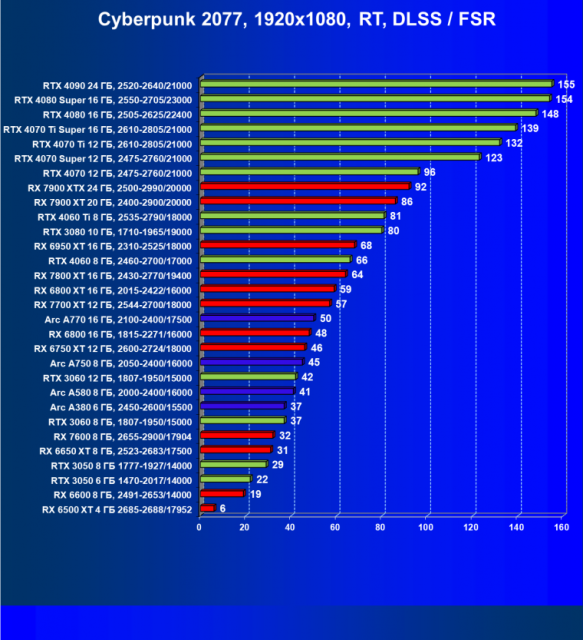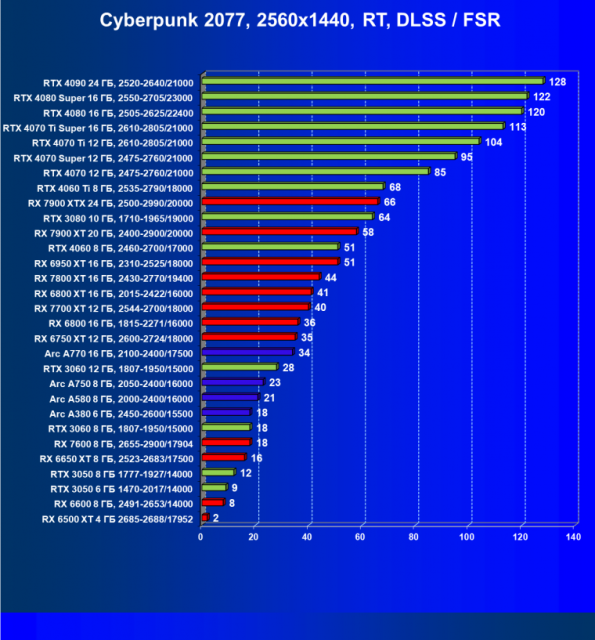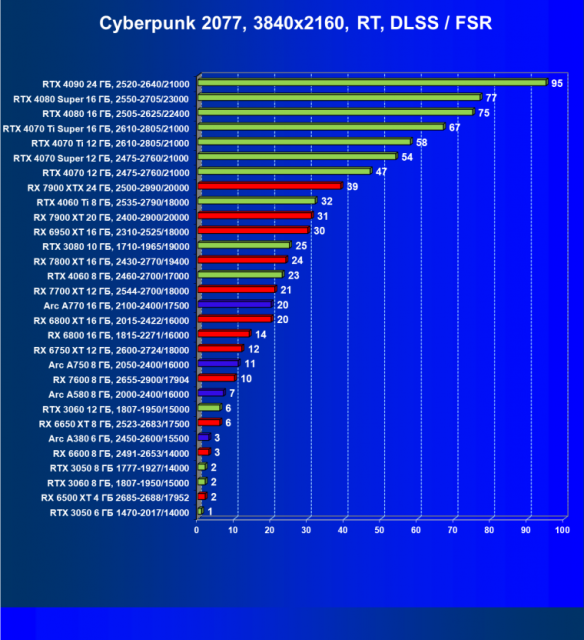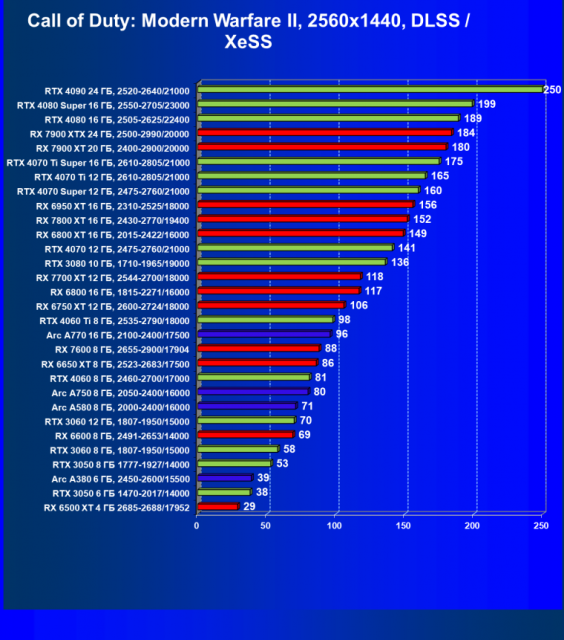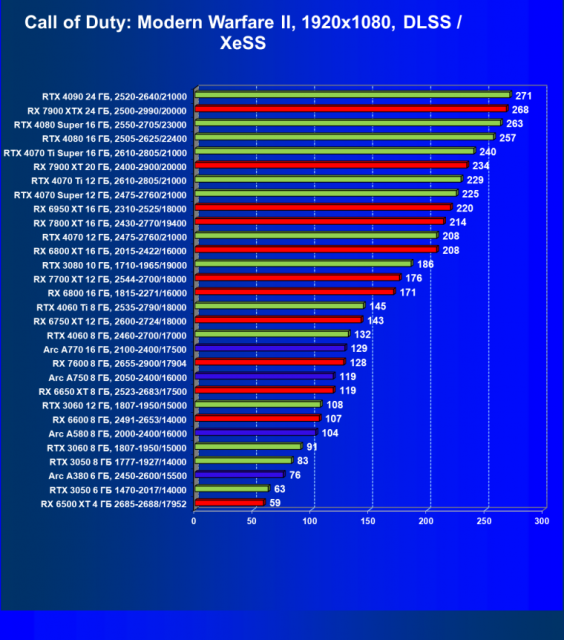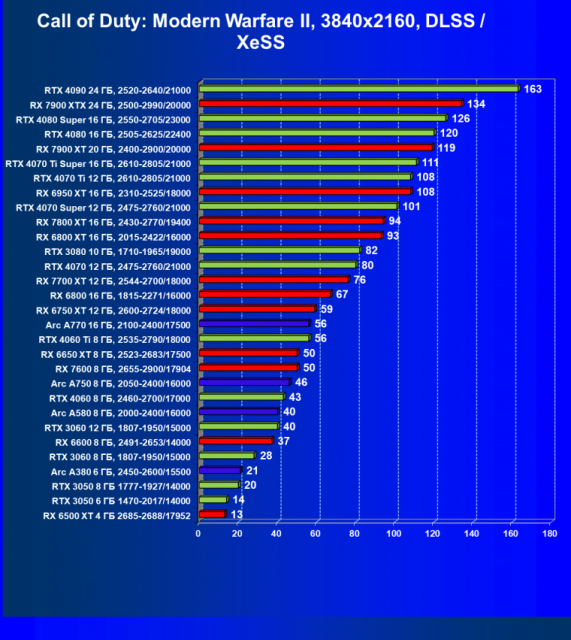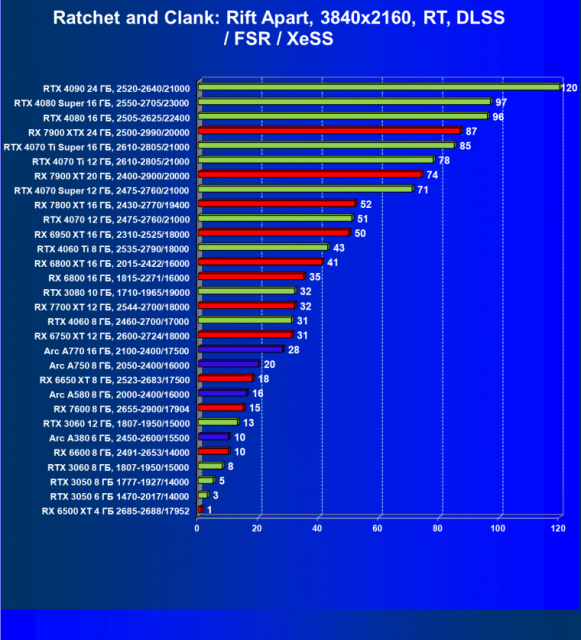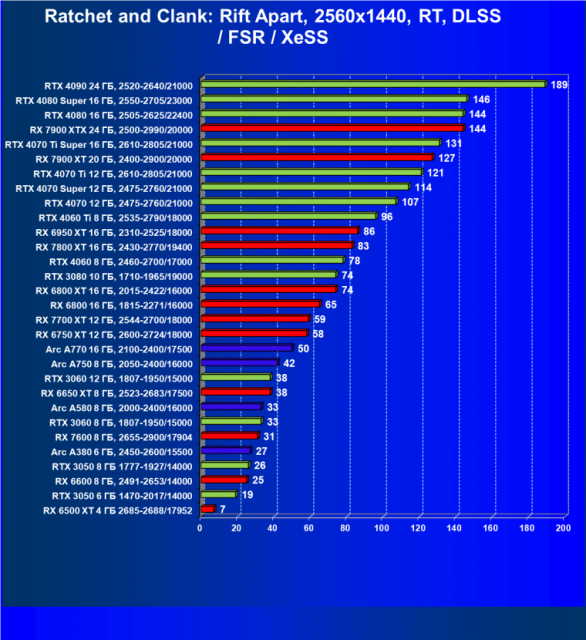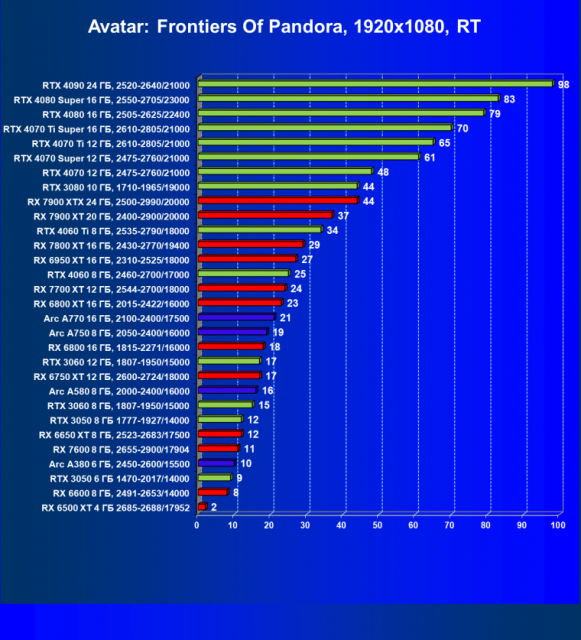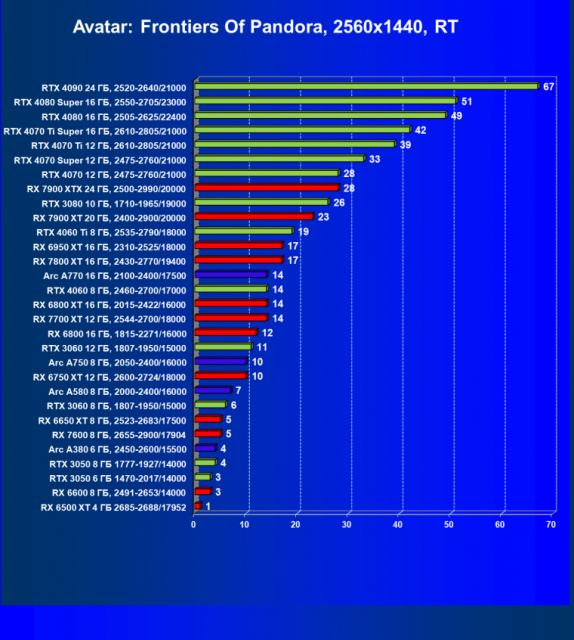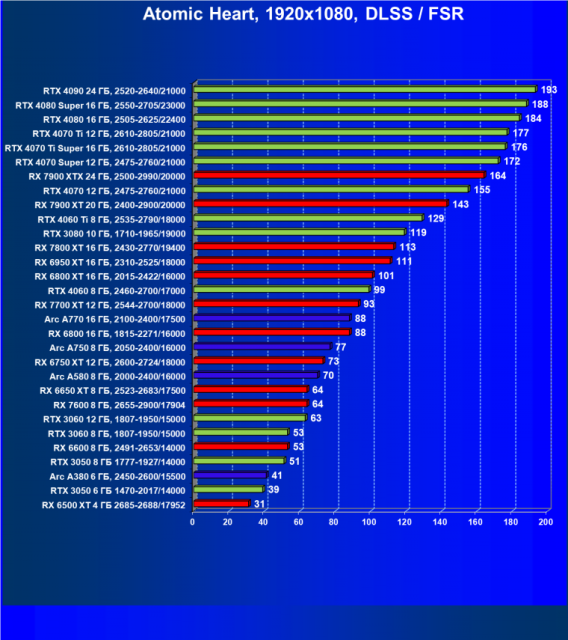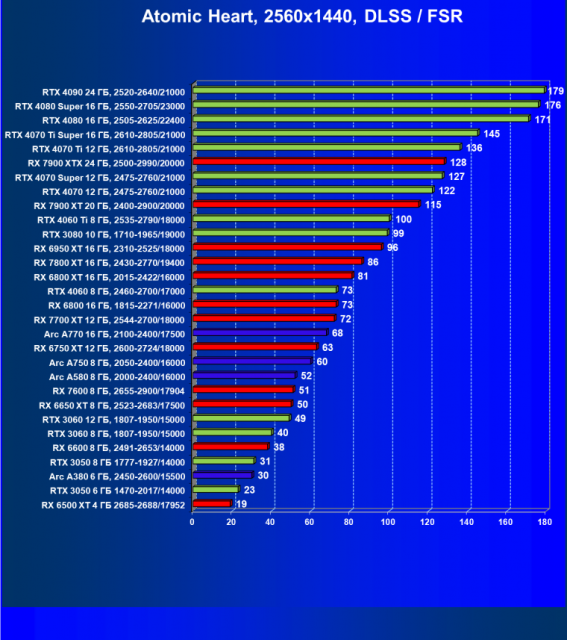Briefly about the main thing
We are forced to return to the discussion of the GeForce RTX 30 series of video cards, as Nvidia has once again caused dissatisfaction among consumers.
Let's start by looking at the product table of this line, taken from the official Nvidia website.
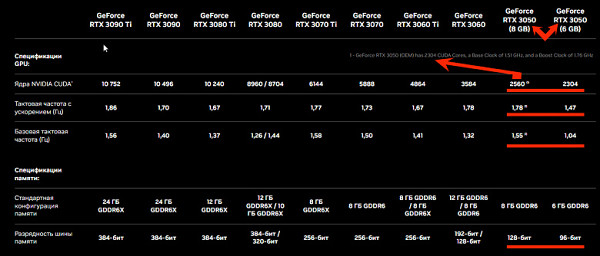
Recently, Nvidia again caused dissatisfaction among consumers by introducing subtle changes to its products.
Let's take a look at the variety of options for GeForce RTX 30 video cards. For example, the GeForce RTX 3080 has models with 10 and 12 GB of video memory, but this is not the only difference: they also differ in the number of active GPU units and the memory bus. The same thing is observed with the GeForce RTX 3060, where there are versions with 8 and 12 GB of memory. Interestingly, for the GeForce RTX 3080, models with 10 GB were first released, and then 12 GB variants appeared, while for the GeForce RTX 3060 the opposite happened: cards with 8 GB appeared later without any announcements.
But that is not all. Now history is repeating itself with the GeForce RTX 3050, where different models with the same numerical name have performance that differs by almost 30%. The question arises: why are different numerical names or special suffixes used for other models that differ by less than 10% in performance, but nothing changes for the GeForce RTX 3050 except for indicating the amount of memory?
Buyers often do not delve into such details and cannot understand the subtle differences between models. They just look at the name and expect quality. Obviously, using the same name for different models can be confusing.
Bottom line, while the possible explanation is that the cut-down versions are intended for OEM PC builds, this creates confusion and dissatisfaction among consumers. Honesty and transparency in product labeling should always be a priority.
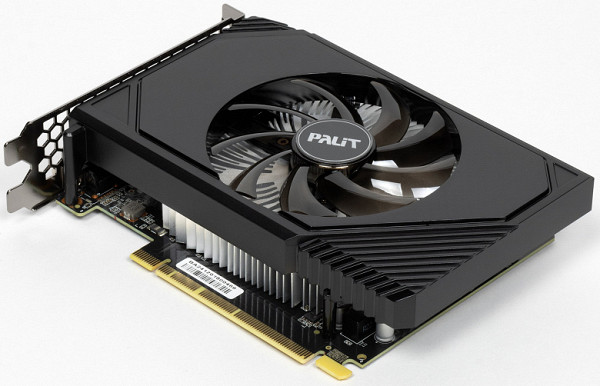
Of course, there is a demand for more affordable graphics cards. Many users are willing to purchase accelerators with reduced performance at a reduced price. The problem is not the very presence of such cards, but their naming. It is inappropriate to give video cards of different performance the same numerical names. Intentions to release the GeForce RTX 4080 with 12 GB of video memory caused public outrage, and Nvidia decided to release an accelerator called the GeForce RTX 4070 Ti. However, with the GeForce RTX 3050 they did not take such a tough position.
Manufacturers are in no hurry to provide such video cards for testing, preferring to avoid criticism. We purchased a model from Palit for a detailed review. Our fears regarding prices were confirmed: the new stripped-down version of the GeForce RTX 3050 with 6 GB of memory was sold only slightly cheaper than the full-fledged version with 8 GB (for example, on the DNS network prices were 22 and 24 thousand rubles, respectively, at the time of publication of the review).
Before presenting detailed tests, we provide brief information about the performance of this family of accelerators and its competitors. Our assessment is made on a scale of seven levels and is subjective.
Games without ray tracing (classic rasterization):

If the standard GeForce RTX 3050 can still cope with games at maximum graphics settings in Full HD resolution, the GeForce RTX 3050 6 GB is already experiencing difficulties: for many games you will need to reduce the graphics settings. Its main competitor is the Radeon RX 6500 XT.
Games using ray tracing and DLSS/FSR/XeSS:
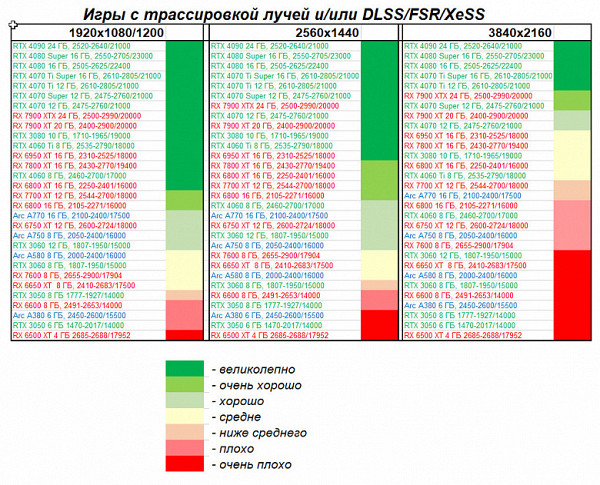
Without ray tracing support, even the base GeForce RTX 3050 struggles to handle 1080p gaming, and with ray tracing enabled the situation worsens significantly. Even when using DLSS technology in games, the help is negligible. In general, cards at the level of the GeForce RTX 3050 (as well as the Arc A380 and Radeon RX 6500 XT) are designed for gaming without ray tracing, and the inclusion of DLSS/FSR/XeSS is highly desirable.
Card characteristics
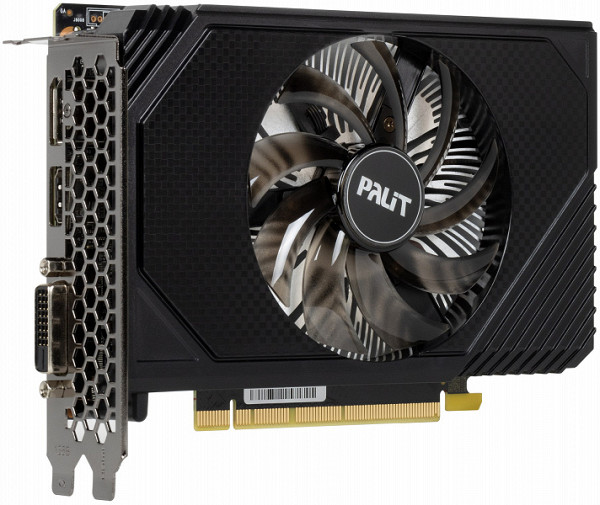
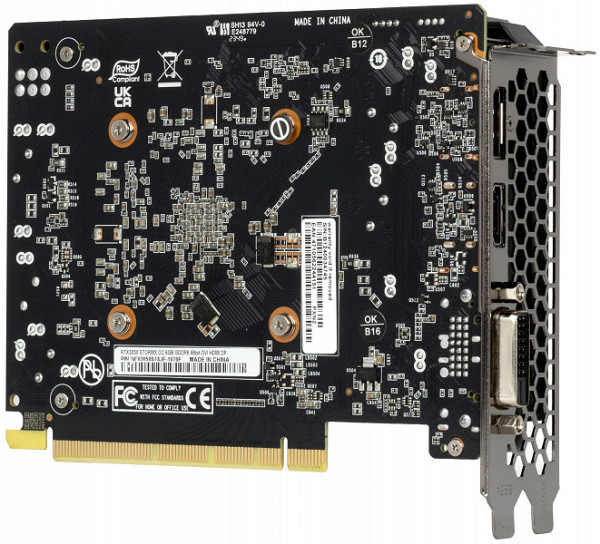
Palit Microsystems, whose brand name is Palit, was founded in 1988 in China (Taiwan). The head office is located in Taipei, Taiwan, the main logistics center is in Hong Kong, and the second office (responsible for sales in Europe) is in Germany. The company's factories are located in China. Palit has been represented on the Russian market since 1995, starting with sales of nameless products, the so-called Noname, and products under the Palit brand appeared after 2000. In 2005, Palit acquired the Gainward brand and a number of assets after the latter effectively went bankrupt, resulting in the formation of the Palit Group holding company. In addition, an office was opened in Shenzhen, which handles sales in China. Currently, there are several other brands and brands within the Palit Group.
| Palit GeForce RTX 3050 StormX 6 GB 96-bit GDDR6 | |||
|---|---|---|---|
| Parameter | Meaning | Nominal value (reference) | |
| GPU | GeForce RTX 3050 (GA107, cut down version) | GeForce RTX 3050 (GA107, full version) | |
| Interface | PCI Express x8 4.0 | ||
| GPU operating frequency (ROPs), MHz | 1470(Boost)—2017(Max) | 1470(Boost)—2007(Max) | 1777(Boost)—1927(Max) |
| Memory operating frequency (physical (effective)), MHz | 3500 (14000) | 3500 (14000) | 3500 (14000) |
| Memory bus width, bits | 96 | 128 | |
| Number of computational units in the GPU | 18 | 20 | |
| Number of operations (ALU/CUDA) in block | 128 | ||
| Total number of ALU/CUDA blocks | 2304 | 2560 | |
| Number of texturing units (BLF/TLF/ANIS) | 72 | 80 | |
| Number of rasterization units (ROP) | 32 | ||
| Number of Ray Tracing blocks | 18 | 20 | |
| Number of tensor blocks | 72 | 80 | |
| Dimensions, mm | 165×115×40 | 213×120×40 | |
| Number of slots in the system unit occupied by a video card | 2 | ||
| PCB color | black | ||
| Peak power consumption in 3D, W | 71 | 70 | 125 |
| Power consumption in 2D mode, W | 20 | 20 | 20 |
| Energy consumption in sleep mode, W | 10 | 10 | 10 |
| Noise level in 3D (maximum load), dBA | 21.7 | 37.3 | 37.3 |
| Noise level in 2D (video viewing), dBA | 18.0 | 18.0 | 18.0 |
| Noise level in 2D (idle), dBA | 18.0 | 18.0 | 18.0 |
| Video outputs | 1×HDMI 2.1, 1×DisplayPort 1.4a, 1×DVI-D | 1×HDMI 2.1, 2×DisplayPort 1.4a | 1×HDMI 2.1, 3×DisplayPort 1.4a |
| Multiprocessor support | No | ||
| Maximum number of receivers/monitors for simultaneous image output | 3 | 3 | 4 |
| Power: 8-pin connectors | 1 | 1 | 1 |
| Power: 6-pin connectors | 0 | 0 | 0 |
| Power: 16-pin connectors | 0 | 0 | 0 |
| Weight of the card with delivery set (gross), kg | 0.67 | 1.2 | 1.2 |
| Card weight (net), kg | 0.4 | 0.9 | 0.9 |
| Maximum resolution/frequency, DisplayPort | 3840×2160@144 Hz, 7680×4320@60 Hz | ||
| Maximum resolution/frequency, HDMI | 3840×2160@144 Hz, 7680×4320@60 Hz |
Memory
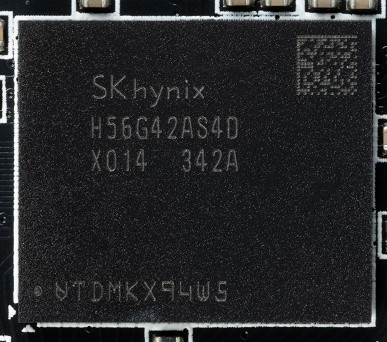
On the front side of the printed circuit board of the video card there are three SK Hynix memory chips with a capacity of 6 GB each, type GDDR6 SDRAM, each of which has a nominal operating frequency of 3500 (14000) MHz.
Card features and comparison with Palit GeForce RTX 3050 StormX (8 GB)
We're running a comparison between a previously tested card from the same series and manufacturer, based on a full-fledged GeForce RTX 3050, to clearly demonstrate their significant differences. About a year after the release of the GeForce RTX 3050 8GB, these cards began shipping with a cut-down version of the GA106 processor (also used in the GeForce RTX 3060). The printed circuit boards were configured for a 256-bit bus with 8 slots for memory chips. While the GeForce RTX 3060 only used a 192-bit bus and 6 memory chips, the GeForce RTX 3050 only installed 4 memory chips making up a 128-bit bus.
It should be noted that the updated PCB for the GeForce RTX 3050 now features a GA107 GPU, which has a maximum of 2560 stream processors and a memory controller with a total width of 128 bits, which corresponds to a full GeForce RTX 3050 (8 GB). The stripped-down version of the GeForce RTX 3050 lost one memory chip, which led to the presence of only three chips that form a 96-bit communication bus and provide 6 GB of memory.
The graphics core is a GA107-325 chip released in early 2023, which demonstrates Nvidia's practice of releasing similar variants (such as OEM versions of the GeForce RTX 3050). The "-325" marking indicates that the core has fewer blocks than the regular GeForce RTX 3050 (which is marked "-400").

The total number of power phases in our reviewed card is 4: 1 for memory, and 3 for the core power supply circuit
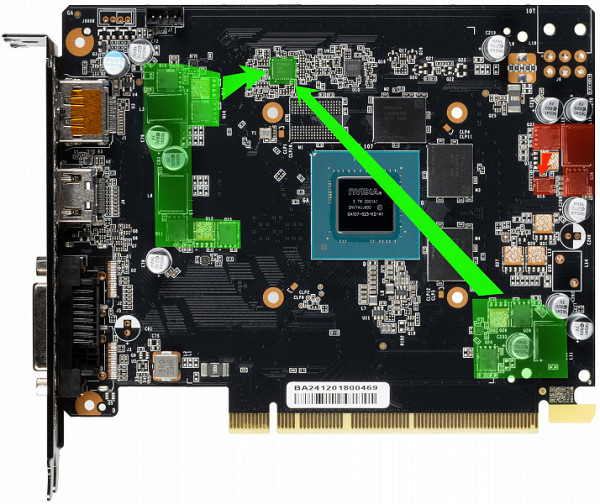
The graphics core power phases and their PWM controller are marked in green, while the memory chips and their controllers are highlighted in red. All controllers are located on the front side of the printed circuit board. To control the core power circuit, an RT8845A PWM controller from Richtek is used.
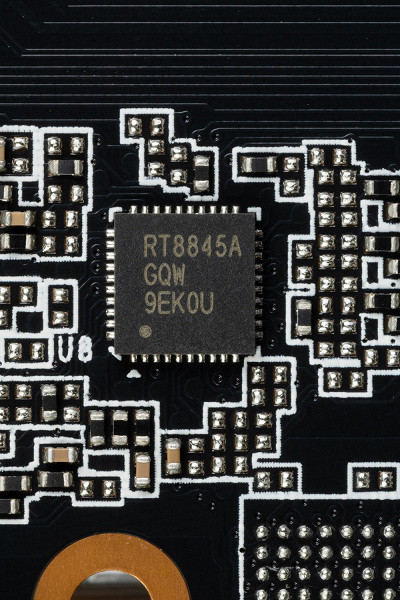
The 1-phase power supply circuit for the memory chips is controlled by another, very simple controller from the same Richtek company — RT8237.
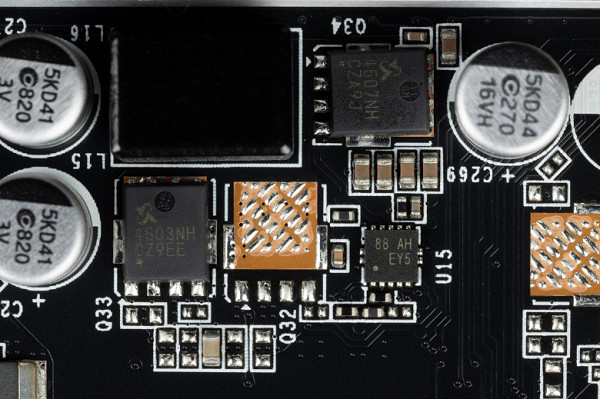
There is also a uS5650Q controller (uPI Semiconductor), which is responsible for monitoring the card (monitoring voltage and temperature).

The core power converter and the power circuit for the memory chips use sets of Sinopower SM4507/4503 MOSFETs rated at 60 A.

The Palit card has the same memory and core clocks as the reference card. In tests, the power consumption of the Palit card reached 71 W.
An important feature of all GeForce RTX 3050 cards with 6 GB is that there is no need for additional power (there are no corresponding connectors). Nvidia focused on this fact as the “highlight” of this variation of the GeForce RTX 3050.

Note that this card has very compact dimensions: 16.5x11.5x4 cm. This form factor is ideal for owners of small Mini-ITX cases. The video card occupies two slots in the system unit.

Operation control (frequencies, fan speeds) can be done using Palit’s proprietary Thunder Master utility.
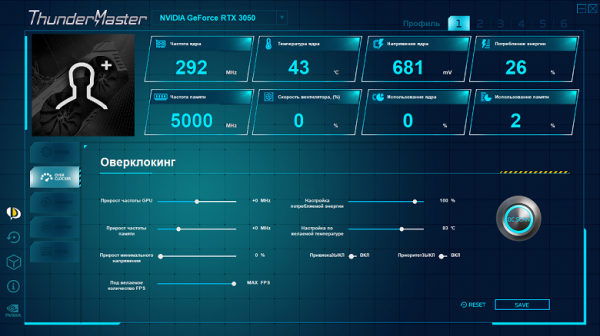
Frequency control panel

Fan control panel

Dashboard
Heating and cooling
The basis of the CO is a very simple aluminum plate radiator.
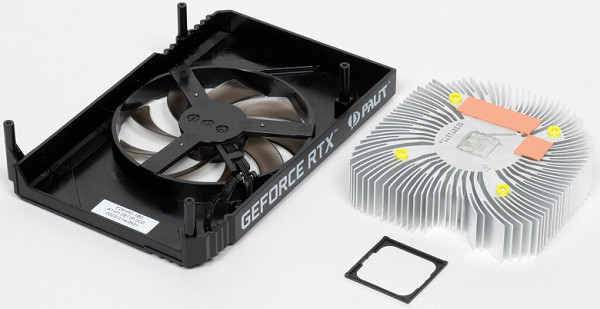
The memory chips are cooled by the same radiator through thermal pads. VRM power converters remain without cooling.
The card does not have a backplate. Above the radiator there is a casing with a fan with a diameter of 100 mm.
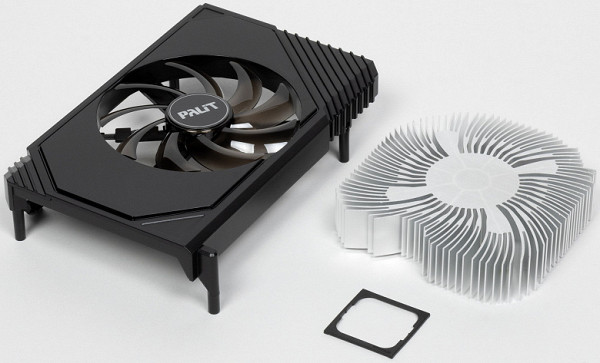
The fan automatically turns off when the GPU temperature drops below 50 degrees. When you turn on the computer, the fan starts, but after loading the video driver, the operating temperature is polled and the fan turns off.
Temperature monitoring:
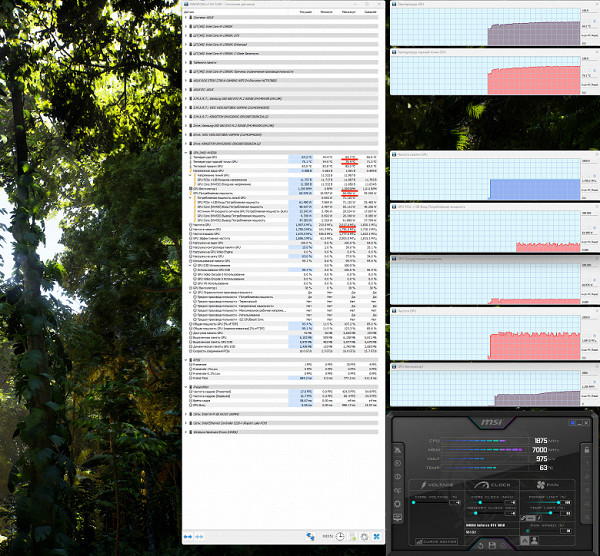
After a 2-hour run under load, the maximum core temperature was 65 degrees (the highest point reached 75°C), which is an excellent result for such a compact card. Energy consumption reached 71 W.
The maximum heating was observed in the GPU area.
Noise
The noise measurement technique assumes that the room is soundproofed and attenuated, with minimal reverberation. The system unit in which the video card noise is measured does not contain fans and is not a source of mechanical noise. The background noise level is 18 dBA, which is the noise level in the room and also the noise level of the sound level meter itself. Measurements are taken at a distance of 50 cm from the video card at the level of its cooling system.
The measurement modes are as follows:
- Idle mode in 2D: the Internet browser with the site iXBT.com is turned on, the Microsoft Word window is open, several Internet communicators are working.
- 2D Movie Mode: Uses SmoothVideo Project (SVP) for hardware decoding with intermediate frame insertion.
- 3D mode with maximum load on the video card: the FurMark test is used.
The noise level is assessed as follows:
- Less than 20 dBA: relatively silent.
- 20 to 25 dBA: very quiet.
- From 25 to 30 dBA: quiet.
- From 30 to 35 dBA: clearly audible.
- From 35 to 40 dBA: loud, but tolerable.
- Above 40 dBA: very loud.
At idle in 2D, the temperature remained below 35.6°C, the fan was not running, and the noise level remained at background levels (18 dBA).
When watching a movie with hardware decoding, no significant changes were observed.
At maximum load in 3D, temperatures reached 65/75 °C (core/hotspot). At the same time, the fan rotation speed reached 1295 rpm, and the noise level increased only to 21.7 dBA, which corresponds to a very quiet noise level.
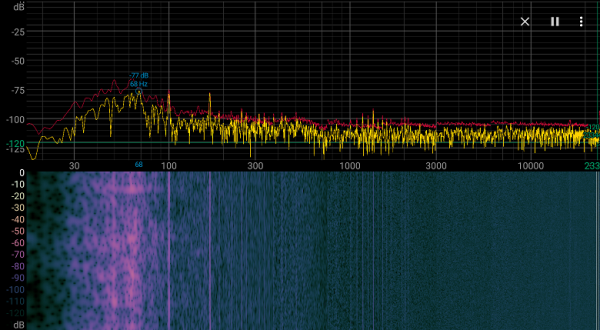
Do not forget that the heat generated by the card (even such a low-power one) remains inside the system unit, so it is advisable to use a case with good ventilation.
Backlight
This Palit card does not have a backlight.
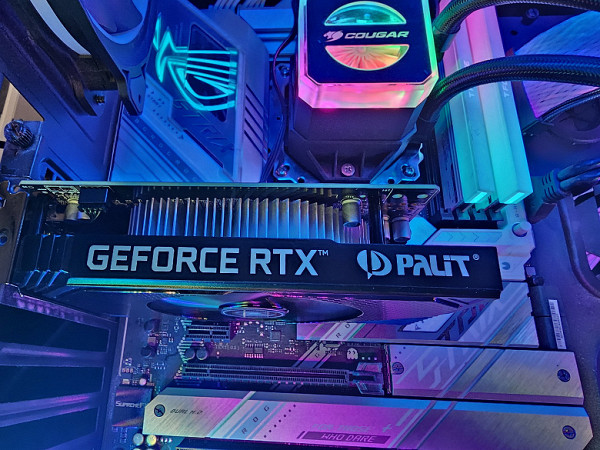
Delivery and packaging
The package contains nothing except the traditional quick start guide.
Test results, configuration
- Computer based on Intel Core i9-13900K processor (Socket LGA1700) :
- Platform:
- Intel Core i9-13900K processor (overclocked to 5.4 GHz on all cores);
- ZhSO Cougar Helor 360;
- Asus ROG Strix Z790-A Gaming WiFi D4 motherboard based on the Intel Z790 chipset;
- RAM TeamGroup Xtreem ARGB White (TF13D416G5333HC22ADC01, CL22-32-32-52) 32 GB (2×16) DDR4 5333 MHz;
- SSD Intel 760p NVMe 1 TB PCIe;
- SSD Intel 860p NVMe 2 TB PCIe;
- ThermalTake Toughpower GF3 1000W power supply ;
- Thermaltake Level20 XT case;
- operating system Windows 11 Pro 64-bit;
- TV LG 55Nano956 (55″ 8K HDR, HDMI 2.1);
- AMD drivers version 24.2.1;
- Nvidia drivers version 551.61;
- Intel drivers version 101.5333;
- VSync is disabled.
- Platform:
Test results in 3D games
List of testing tools. All game tests used the maximum graphics quality in the settings.
- Marvel's Spider-Man Miles Morales (Insomniac Games/Sony Interactive)
- Cyberpunk 2077 (Softclub/CD Projekt RED), patch 2.01 (September 2023)
- God of War (Sony IE/Sony IE)
- Call of Duty: Modern Warfare II (Infinity Ward/Activision)
- Alan Wake 2 (Remedy/Epic Games)
- Ratchet and Clank: Rift Apart (Insomniac Games/Sony/Softclub)
- A Plague Tale: Requiem (Asobo Studio/Focus Entertainment)
- Hogwarts Legacy (Avalance Software/Warner Bros)
- Avatar: Frontiers of Pandora (Ubisoft)
- Atomic Heart (Mundfish/VK)
Of course, the current resolution for this card is Full HD, but we present all the resolutions we researched for a comparative assessment of this card (understanding that “playability” at resolutions above 1080p is unacceptable).
Standard test results without hardware ray tracing at 1920x1080, 2560x1440, and 3840x2160 resolutions
Marvel’s Spider-Man Miles Morales
Cyberpunk 2077 v.2.01
God of War
Call of Duty: Modern Warfare II
Alan Wake 2
Ratchet and Clank: Rift Apart
A Plague Tale: Requiem
Hogwarts Legacy
Avatar: Frontiers of Pandora
Atomic Heart
Test results with hardware ray tracing and/or DLSS/FSR/XeSS enabled at 1920x1080, 2560x1440 and 3840x2160 resolutions
Cyberpunk 2077 v.2.01, RT
Cyberpunk 2077 v.2.01, RT + DLSS/FSR
Call of Duty: Modern Warfare II, DLSS/XeSS
Ratchet and Clank: Rift Apart, RT + DLSS/FSR/XeSS
Avatar: Frontiers of Pandora, RT
Atomic Heart, DLSS/XeSS
conclusions
The Palit GeForce RTX 3050 StormX (6GB) card is an excellent choice for those looking for a budget but modern graphics card. It has a simple but effective and quiet cooling system, while consuming only about 70 W. In addition, the card is very compact (16.5 x 11 x 4 cm), making it an ideal solution for Mini-ITX systems that do not require additional power. This is an excellent choice for small PCs that can successfully run modern games in Full HD, although not at maximum quality settings. A set of video outputs (1 DP 1.4a, 1 HDMI 2.1 and 1 DVI-D) will satisfy the needs of most users.
However, despite all its advantages, there are some disadvantages that are worth considering:
- No change in the name of the card, for example, GeForce RTX 3040 (or similar), to avoid confusion among buyers.
- Inadequate cost of the card from the very beginning of the sale, which should be reduced in proportion to its capabilities.
In general, the situation with this card is similar to the situation with the Radeon RX 6500 XT: there is little point in reducing the price of a junior solution in the line, since a buyer who is not satisfied with the integrated processor graphics will still be forced to purchase the card. However, this could lead to confusion among buyers, especially those who purchase computers with OEM versions of the GeForce RTX 3050 expecting a full-fledged accelerator. So it's important to re-emphasize the difference between the GeForce RTX 3050 8GB and the GeForce RTX 3050 6GB: they're completely different cards with significant differences in performance.
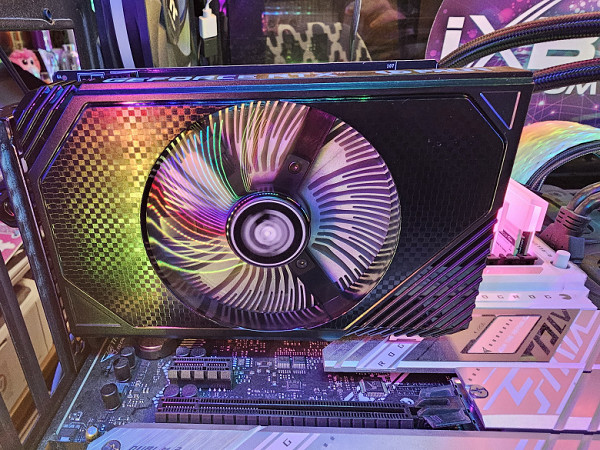
The manufacturer provides a 3-year warranty on this card.
Again, cards at the level of the GeForce RTX 3050 are great for gaming at 1080p with high graphics settings in classic games without ray tracing. The use of DLSS/FSR/XeSS technologies in games is highly recommended.
Regarding comparisons with older generation graphics cards, we tested the GeForce GTX 1650, GeForce GTX 1660 Super and GeForce GTX 1060 (6GB) in five gaming tests, focusing on classic games without RT and DLSS. Let me briefly say that the GeForce RTX 3050 (6 GB) performed on average at about the level of the GeForce GTX 1650 (slightly faster), lagged behind the GeForce GTX 1660 Super by 16%, and was ahead of the GeForce GTX 1060 (6 GB) by 18%. Considering that the new GeForce GTX 1650 is still available on the market, the remaining models are no longer in production. And although the Radeon RX 5700 XT, which is now cheaper on the secondary market than the new GeForce RTX 3050 (6 GB), has twice the performance, we do not recommend turning to the secondary market due to the wear and tear of goods after mining and the risk of counterfeits.


